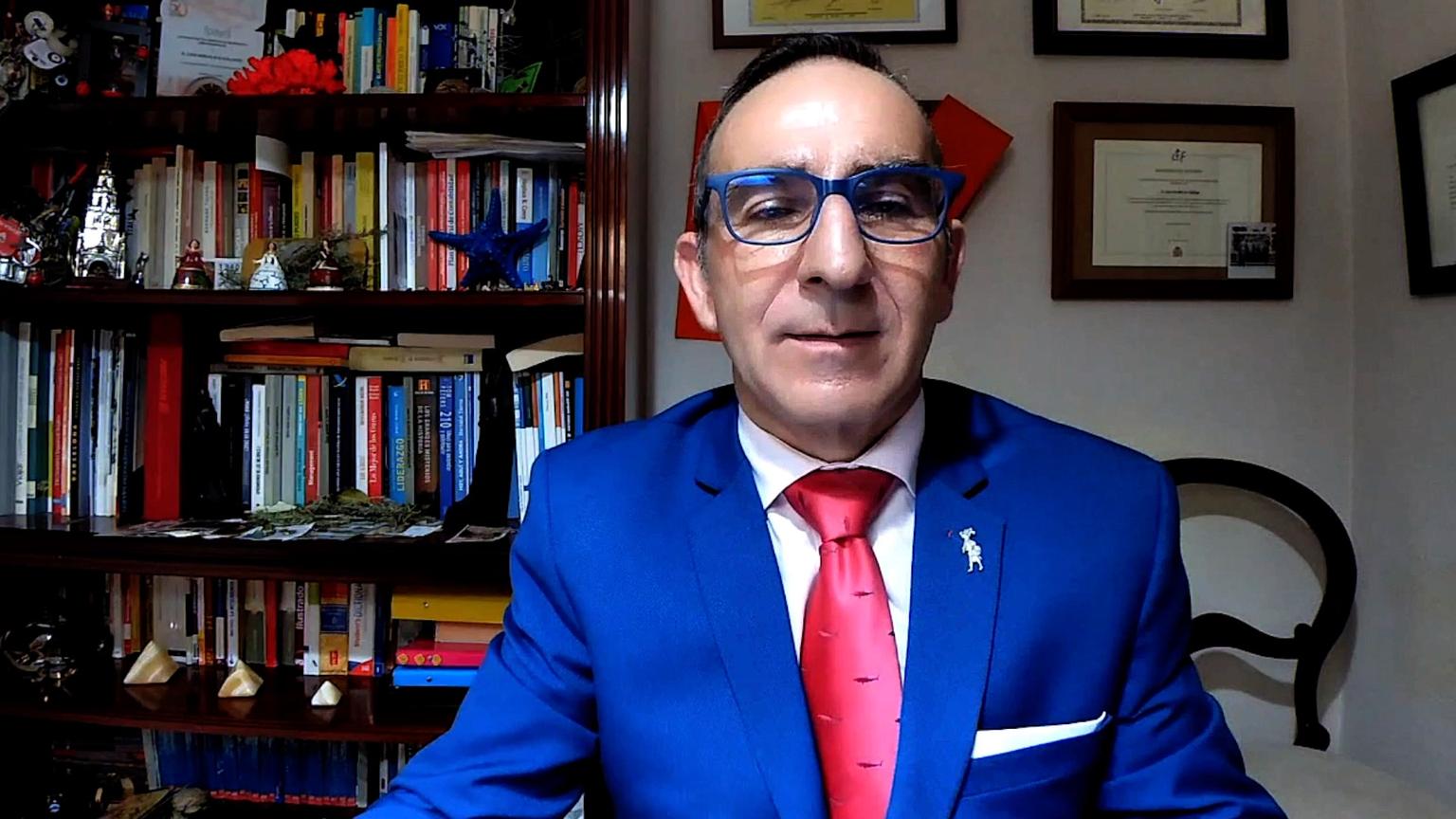Here’s the latest on the Biden student loan debt forgiveness program (Program) and what tax pros and their affected clients might expect going forward. The two challenges to the Program (Biden v. Nebraska) and (Department of Education v. Brown) will be heard by the Supreme Court (Court) on February 28th. It is most likely that the Court will not issue its opinion(s) until May or June, however, an earlier announcement is possible.
Bottom line up-front: The Biden student loan forgiveness plan – first announced on August 24, 2022 – is on hold as the result of findings in two court cases challenging the legality of the President's executive order. As of December 12, the Supreme Court (SCOTUS) has agreed to hear two cases involving the plan; but the justices declined to revive the program immediately. They indicated arguments would be heard in February.
More details, including what was originally announced on August 24, 2022, what's changed since then, and the path forward for student loan forgiveness, are covered in more detail in the article below.
A brief review of the Biden Administration's Student Loan Debt Plan
What was initially announced regarding student loan forgiveness in August 2022
On August 24, 2022, President Biden announced the forgiveness of between $10,000 and $20,000 of federal student loan debt. The President also announced the extension of the student loan pause for a fifth and final time through December 31, 2022.
The White House estimates that 43 million borrowers will benefit from the Administration's forgiveness plan and that more than 60% are Pell Grant recipients.
What has changed since President Biden's original August student loan forgiveness announcement
There was an extension on the student loan repayment pause
Biden announced on November 22 that he would extend the pause in student loan repayment pause until June 30, 2023, or until legal challenges are resolved, and the Department of Education (DOE) can implement the student debt relief plan – whichever is sooner.
Interest on eligible student debt will continue to not accrue until the suspension ends, and payments will resume 60 days after the pause ends. This will likely result in the next loan payments being due in August 2023, assuming court challenges aren't resolved before June.
The extension of the pause allows time for the Supreme Court to review a ruling by a federal appeals court in the eighth circuit approving a preliminary injunction suspending the relief plan in one of a number of cases challenging its legality.
Where the student loan forgiveness plan sits with the courts.
On December 01, the SCOTUS agreed to review the Biden administration's effort to reinstate its student debt relief plan. While the justices declined to revive the program immediately, the court indicated it would hear the case in February in a brief, unsigned order.
On December 12, SCOTUS agreed to hear another case involving the plan, which was initiated by individual borrowers arguing its enactment was procedurally improper. A Texas-federal judge invalidated the plan, while a New Orleans federal appeals court let it stand. It is unclear if the disputes if SCOTUS will consolidate the two cases or hear them separately. The plan remains on hold until at least February of 2023.
How many borrowers have applied for student loan forgiveness.
Since the President's August 24 announcement, roughly 26 million borrowers have applied for student loan forgiveness. The Department of Education (DOE) has approved 16 million of those applications, but relief will not be granted until the legal challenges are resolved.
In addition, the DOE stopped taking new applications on November 11, 2022, after a Texas court ruling halting the program.
Still no determination on FEEL, Perkins, and privately held loans.
Shortly after the original student loan announcement, the Department of Education (DOE) announced efforts to broaden forgiveness to include certain other loans that aren't held by the federal government and aren't technically included in the President's August 2022 student loan forgiveness announcement.
There has been no announcement or determination from the DOE, and in all likelihood, their decision is placed on hold pending the Supreme Court ruling.
Details on the student loan forgiveness program
Who qualifies for 2022 student loan forgiveness?
To be eligible for student loan debt cancellation, borrowers must have a 2020 or 2021 tax year income of less than $125,000 for individuals and less than $250,000 for married couples or heads of household. For the purposes of student loan debt cancellation, income is calculated as the borrower's adjusted gross income (AGI), as opposed to gross or taxable income.
Loans must have been taken out before June 30, 2022, to qualify for student loan forgiveness.
How much of an eligible taxpayer's student loan debt be forgiven?
Federal Pell Grant recipients who meet the income requirements are eligible for $20,000 in student debt forgiveness, capped at the amount of the borrowers' outstanding debt.
Other eligible borrowers (who meet the income threshold) can receive a maximum of $10,000 in forgiveness for loans held by the Department of Education, capped at the amount of the borrowers' outstanding debt.
The types of student loans that qualify… and those that don't.
Most federal student loans qualify for forgiveness, including direct subsidized or unsubsidized loans and graduate or parent PLUS loans. In short, loans that qualified for the federal student loan payment pause should be eligible for forgiveness.
The Department of Education (DOE) is working on broadening forgiveness to include certain other loans that aren't held by the federal government and therefore aren't technically included in the President's forgiveness announcement.
Student loans that aren't included in the President's August 2022 forgiveness announcement include:
- Federal Family Education loans (FFEL) not held by the federal government.
- Perkins loans not held by the federal government.
- Loans held by private vendors, and therefore not paused.
As discussed above, there has been no announcement or determination from the DOE, and in all likelihood, their decision is placed on hold pending the Supreme Court ruling.
Relief is "automatic" for 8 million borrowers; others must apply
The DOE indicates that roughly 8 million borrowers whose income is already on file at the department will have their loans automatically forgiven without having to apply.
Borrowers who do not have their income currently on file with the DOE will have to apply through an online form. This form is expected to be available by early October, and borrowers should complete that application before November 15 to receive relief before the latest payment pause extension ends on December 31.
If a borrower fails to complete the application before the payment pause expires at year-end will still be able to get the relief.
Borrowers can be notified when the forgiveness application is available at this link. Tax professionals should sign up for notifications, and when speaking to clients who this forgiveness may impact, strongly recommend that clients sign up for notifications as well.





